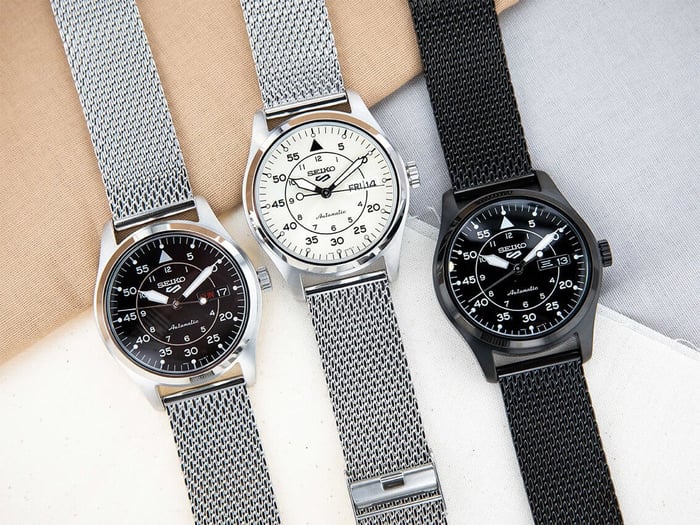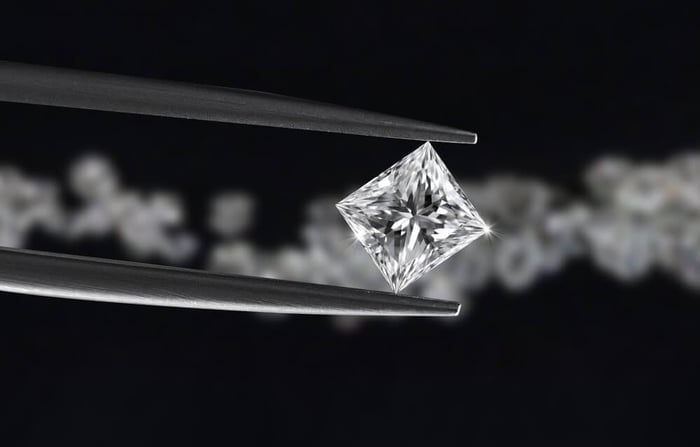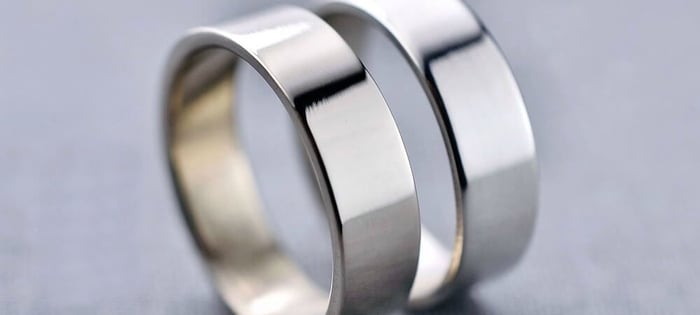If you’re on the hunt for a new watch you’ve probably seen or heard terms like ‘automatic’ or ‘quartz’ used to describe a variety of timepieces. Generally, you won’t be able to see the difference between a quartz and automatic watch upon first glance, but the difference is big enough to warrant some research.
And here you are. There’s a lot to know and love about automatic watches, and we’re here to help you find out exactly how automatic watches work.
Overview:
What Is An Automatic Watch?
An automatic watch is a type of watch movement (or calibre), which is essentially what makes a watch tick. The main types of watch movements are:
- Quartz
- Mechanical or Manual
- Automatic
- Digital
You can also include quartz solar movements on that list, but they aren’t necessarily what moves the hands around.
An automatic movement is broadly considered to be a mechanical movement, but there are some key factors that distinguish the design from a manual calibre. Automatics are crafted from a network of springs and gears that work together to rotate the hands without the use of a battery. However, they do require some form of energy to function, and that’s where the key differences come in.
Old mechanical watches require manual winding to function, while automatic watches will wind and charge while you walk. As you’ll see, automatic movements are a pretty spectacular piece of engineering, with surprisingly old roots dating back to the 1770s and 1780s. But, how do they work?
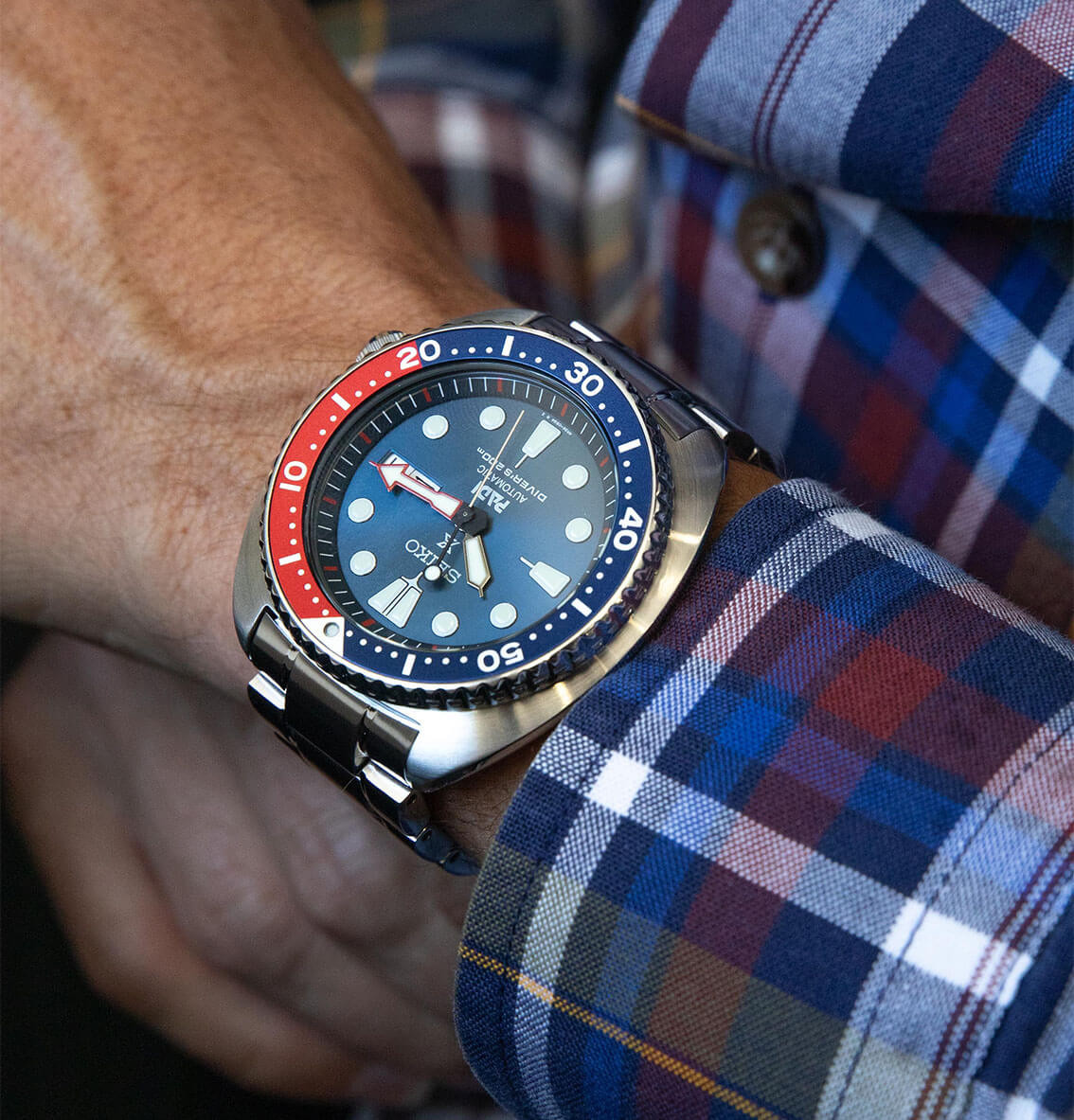
How Do Automatic Watches Work?
First, it helps to understand how the automatic watch improved upon the original mechanical watch. The crown of a manual watch, a small button on the side of the case, must be hand-winded in order to charge the watch movement. Each turn creates energy which is stored in a large mainspring, and held through tightening. As this tension is released, the gears and springs move in unison to create a smooth hand movement.
An automatic watch movement is very similar, except that it does not need to be hand-winded. This calibre gets its name from how it charges automatically as you walk. Small pieces of metal called rotors are placed on the mainspring that cause it to rotate and turn as your wrist swings. Automatic timepieces can be wound manually, but they are also capable of storing the tension gained from your arm movement for long periods of time.
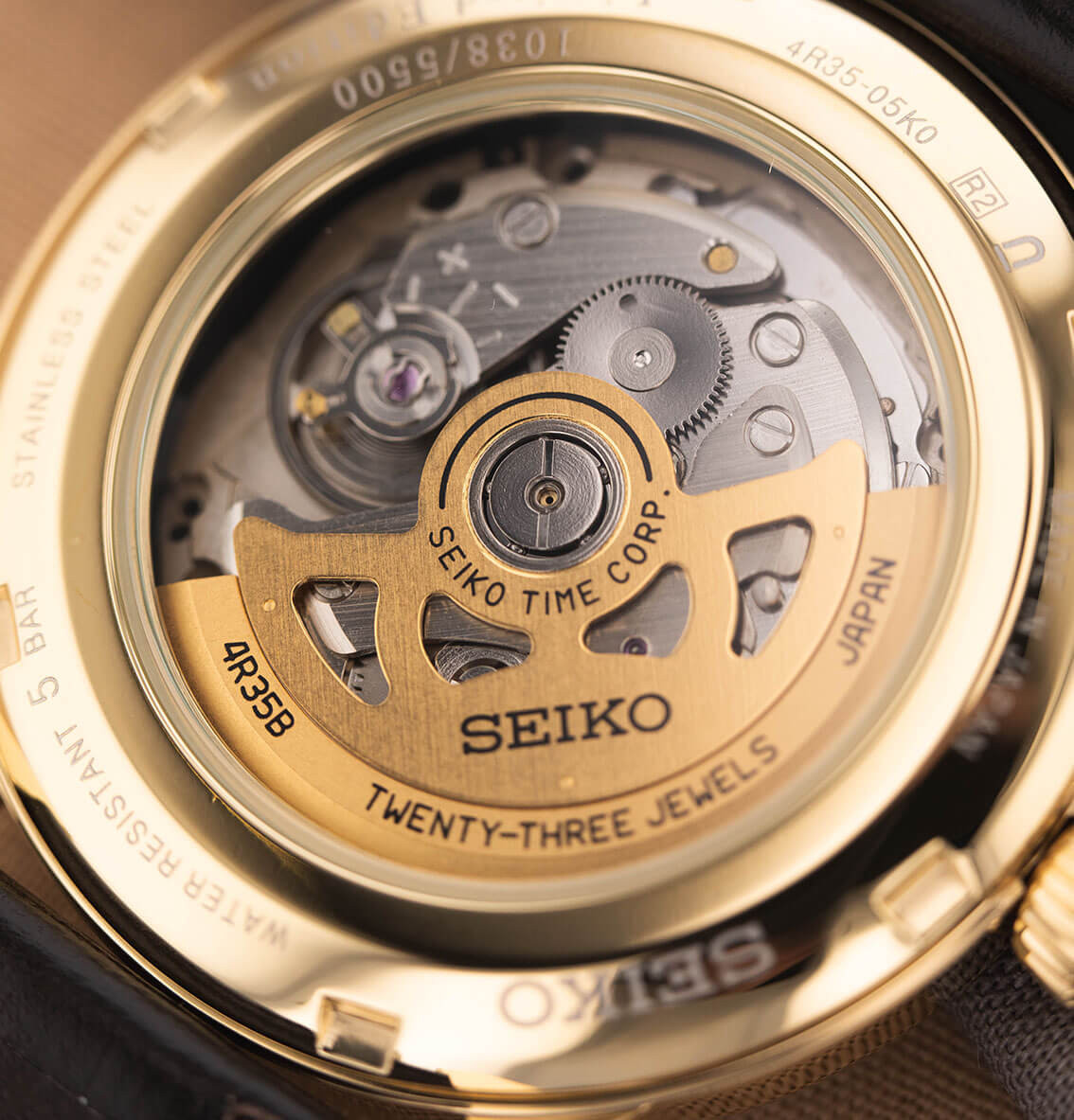
Quartz vs Automatic Watch Movement
So, what is the benefit of choosing an automatic movement over quartz? They are often the first choice for watch fanatics and designer watchmakers, and you may notice they aren’t quite as cheap as electric quartz pieces. A lot of the debate comes down to the perception of artistry and craft present in an automatic movement.
Many see automatic watches as raw and beautifully engineered pieces of craft, much like a vinyl record compared to a CD or steamed album, or a film camera compared to a digital one. These comparisons work well, because much like the CD or digital camera, the quartz watch came after and took over the market. Though automatic watches are still made and there are some who simply wouldn't wear anything but a mechanical movement, quartz watches remain the most worn watches in the world.
Quartz Watches
Quartz watches themselves are genius pieces of technology. They use a battery instead of physical winding and use small pieces of quartz that can resist the electrical current at just the right frequency for accurate timekeeping.
Despite the intricacy of a quartz watch, they can be produced quicker and cheaper than automatics and this contributes to a perception that they are of lesser quality. Although, they are actually slightly more accurate than mechanical watches.
Quartz clock mechanisms are generally more affordable than automatics which makes a huge difference. If all you want is a watch, and you aren’t bothered by the details, a quartz timepiece will do you just fine. Not all quartz watches are low to middle range though — brands like Seiko and TAG Heuer have tried their hands at luxury quartz watches, and some of them are absolutely beautiful.
One negative about quartz watches is that you’ll have to replace the battery every few years. You shouldn’t have trouble finding a watch repairer to get it changed, but you can also opt for a solar battery watch that can last much longer. Citizen watches in particular are famous for their Eco-Drive solar watches.
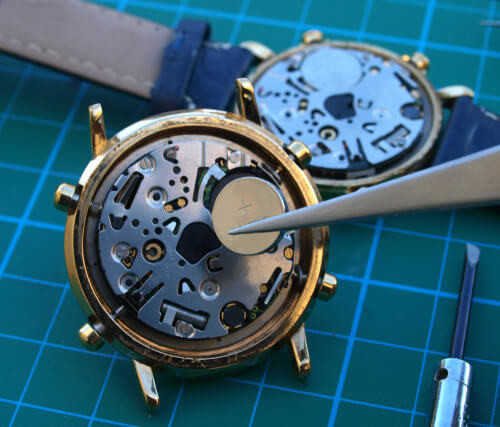
Automatic Watches
There’s a lot to love about automatic watches. First, they never need batteries and very rarely have to be manually winded. That's a small bonus, but it's nice to know you can always count on your watch when you need it. When you buy an automatic you expect durability and quality above all else, and that’s what you get.
Perhaps our favourite feature is the smooth hand movement you see in automatic timepieces. While quartz watches have an obvious jump every second, an automatic has very small but constant jumps. This creates a very aesthetically pleasing movement with a smoothness you can watch all day. A mechanical motion can make an already classy timepiece like a Seiko 5 watch that little bit more impressive.
Considering that most designer watches are automatic, you can expect some to see a lot of really nice looking pieces. If you are looking for a dress watch, we’d definitely recommend checking out some automatics. We’re sure you’ll find a few nice leather watches or stainless steel watches that might catch your eye.

